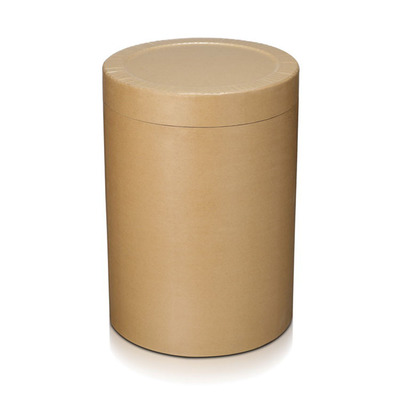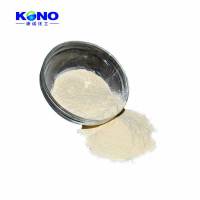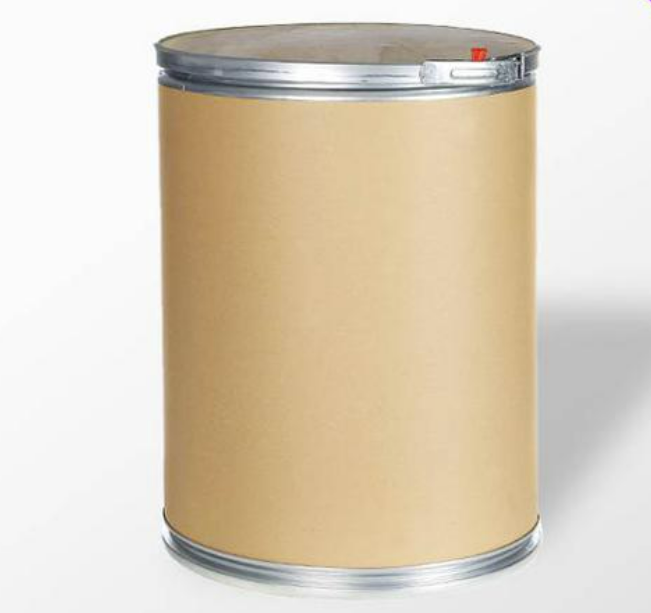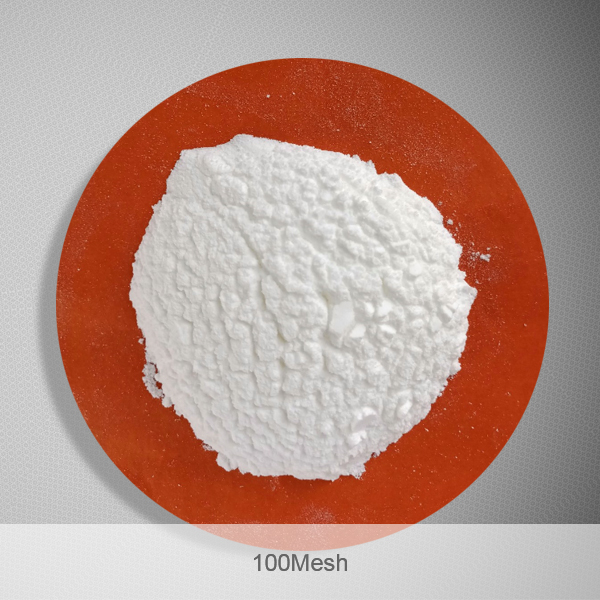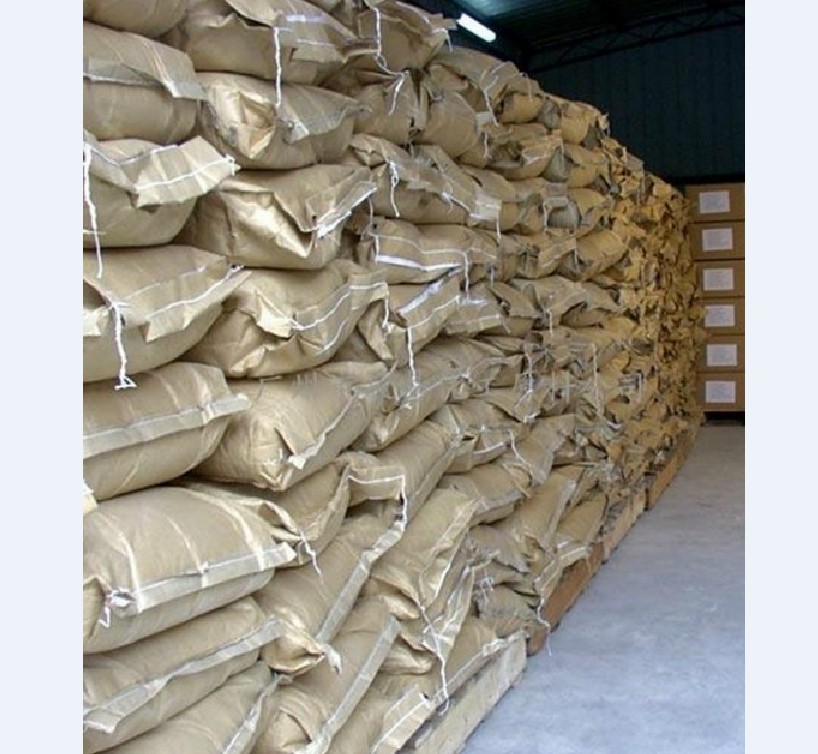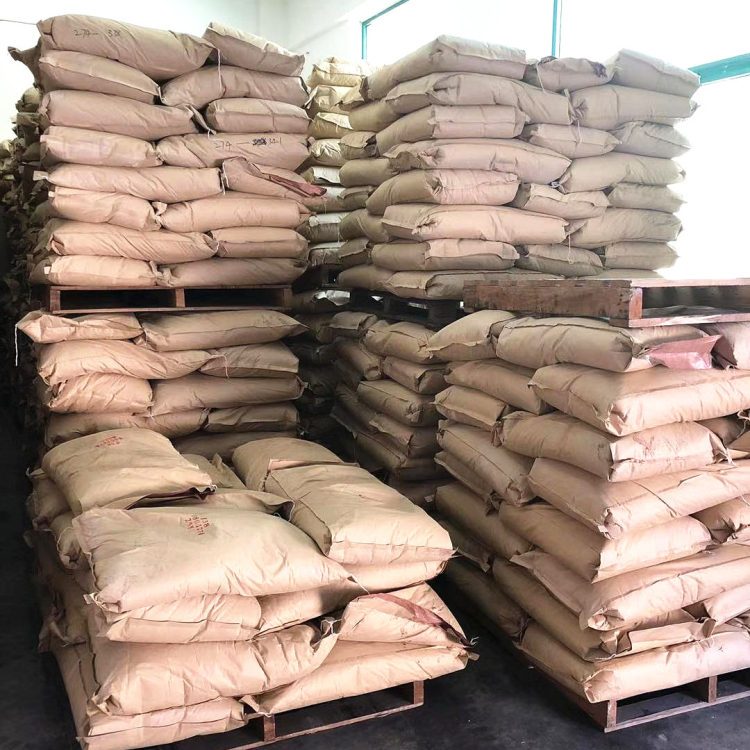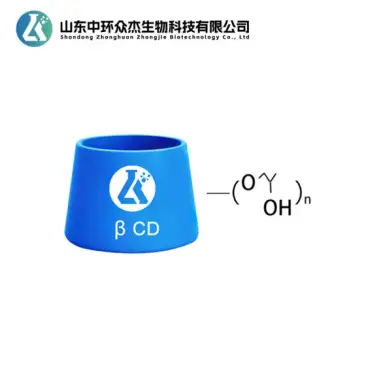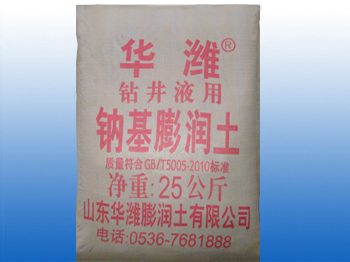Feed Additive
Additives For Food Packaging
Colorant
Stabilizer and Coagulator
Water Retention Agent
Feed Deworming Health Agents
Anti Corrosion and Preservation
Color Fixative
Flour Treatment Agent
Defoamer
Coating Agent
Feed Vitamins
Emulsifier
Other Food Additives
Nutritional Fortifier
Thickening Agent
Feed Quality Enhancer
Antioxidants
Chewing Gum Bases
Bulking Agent
Feed Amino Acids and Small Peptides
Flavor Enhancer
Sweeteners
Additives For Feed Preservation
Other Feed Additives
Food Additive
Bleaching Agents
Anticaking Agent
Food Flavors and Fragrances
Enzyme Preparation
Feed Trace Elements
Acidity Regulators
Feed Growth Promoters
Feed Conditioner
CAS:124750-99-8
Molecular Formula:C22H22ClKN6O
Alias
More Information
Losartan Monopotassium Salt; Potassium (2-Butyl-4-Chloro-1-{[2'-(2H-Tetrazol-5-Yl)Biphenyl-4-Yl]Methyl}-1H-Imidazol-5-Yl)Methanolate; 2-Butyl-4-Chloro-1-[[2'-(1H-Tetrazol-5-Yl)[1,1'-Biphenyl]-4-Yl]Methyl]-1H-Imidazole-5-Methanol Monopotassium Salt
Brief Introduction
Clinical application of this product:
1. In the treatment of essential hypertension, it can be used alone or in combination with other antihypertensive drugs (such as diuretics). 2. In the treatment of heart failure, it can be used alone or in combination with cardiotonics and diuretics. 3. Prevention of stroke in patients with hypertension and left ventricular hypertrophy. 4. for slowing down the progression of nephropathy in type 2 diabetic patients with nephropathy and hypertension.
Suppliers
View More Vendors (2) >
CAS:127-47-9
Molecular Formula:C22H32O2
Alias
More Information
Retinol Acetate; All-Trans Vitamin A Acetate; Vitamin A Acetate; Vitamin A Acetate In Gelatin; (2E,4E,6E,8E)-3,7-Dimethyl-9-(2,6,6-Trimethylcyclohex-1-En-1-Yl)Nona-2,4,6,8-Tetraen-1-Yl Acetate
Brief Introduction
Vitamin A acetate can be absorbed through the skin, resist keratinization, stimulate the growth of collagen and elastin, and increase the thickness of epidermis and dermis. It can enhance skin elasticity, effectively eliminate wrinkles, promote skin renewal and maintain skin vitality. For eye cream, moisturizing cream, repair cream, shampoo, hair conditioner, etc.
Suppliers
View More Vendors (2) >
CAS:128-44-9
Molecular Formula:C7H4NO3SNa
Alias
More Information
Saccharin Sodium; Saccharin Sodium Salt,Saccharin Sodium; O-Sulfobenzimide Sodium Salt Dihydrate; 1,2-Benzisothiazolin-3-One, 1,1-Dioxide, Sodium Salt; Saccharin Sodium Salt; Sodium 3-Oxo-3H-Benzo[D]Isothiazol-2-Ide 1,1-Dioxide; Sodium Saccharine; Sodium Saccharin; Sodium Sacchrin; Sodium Sachharin; Sodium Sacharine
Brief Introduction
Non caloric sweetener. Formula of Brightener for electroplating. Pharmaceutical additives.
Suppliers
View More Vendors (2) >
CAS:128446-35-5
Molecular Formula:C63H112O42
Alias
More Information
(2-Hydroxypropyl)-Beta-Cyclodextrin; (2-Hydroxypropyl)-β-Cyclodextrin; Hydroxypropyl-Beta-Cyclodextrin; (2-Hydroxypropyl)-Beta-Cyclodextri; Hydroxypropyl-β-Cyclodextrin; Beta-Cyclodextrin, 2-Hydroxypropyl Ethers; (2-Hydroxypropyl)-; A-Cyclodextrin; Hydroxypropyl Betadex; Hydroxypropyl-?-Cyclodextrin; HP-B-CD; HBC; Beta-Cyclodextrin,2-Hydroxypropylether; (2-Hydroxypropyl)-^B-Cyclodextrin
Brief Introduction
An ideal injection solubilizer and drug excipient can improve the water solubility of insoluble drugs, increase drug stability, improve drug bioavailability, increase the curative effect or reduce the dosage of drugs, adjust or control the release speed of drugs and reduce the toxic and side effects of drugs.
Suppliers
View More Vendors (2) >
CAS:1302-78-9
Molecular Formula:Al2H2O12Si4
Alias
More Information
Montmorillinite Clay; Montmorillonite; Bentonite Magma; Bentonite (Sodium Form); Fullers Earth; Kwk Krystal Klear; Organobentonites; Drilling Fluids; Directional Crossing Bentonite; Bentonite for Metallurgy; Bentonite for Foundry; Organic Bentonite; Anti-Salt Bentonite; Fuller Earth; Fuller Earth clay; Sdfcl 500gm Bentonite
Brief Introduction
Bentonite can be used as binder, adsorbent, filler, thixotropic agent, flocculant, detergent, stabilizer, thickener, etc., as carrier of chemical fertilizer, bactericide and pesticide, filler of rubber and plastic, anti sedimentation assistant of synthetic resin and ink, thixotropic and thickening of pigment and raw slurry coating, additive of daily chemicals, absorbent and binder of medicine, etc, It is also widely used in petroleum, metallurgy, casting, machinery, ceramics, construction, light industry, papermaking, textile and food sectors.
Suppliers
View More Vendors (2) >
Inquiry (
10
/ 10
)
Clear All
Sign In
Error!

